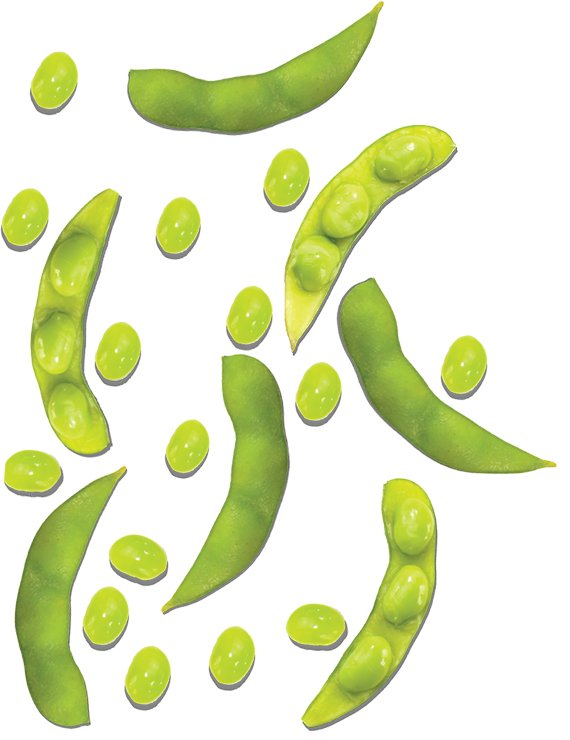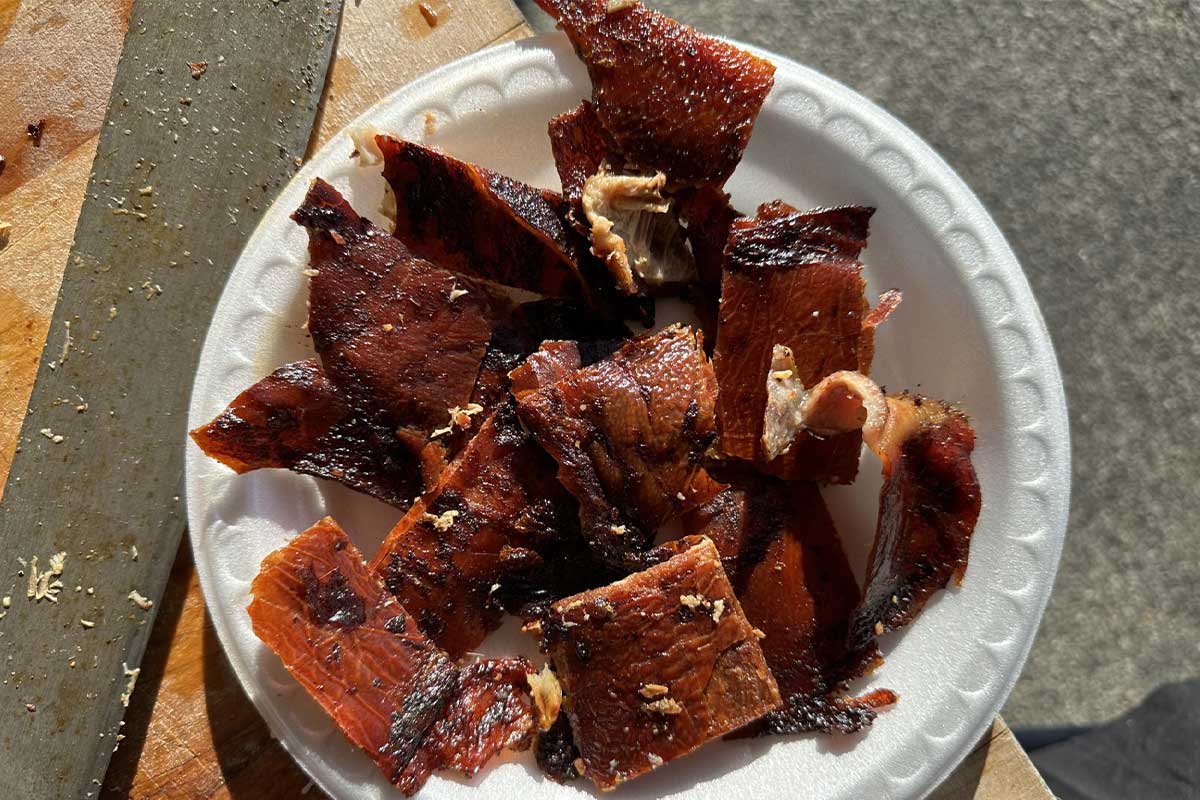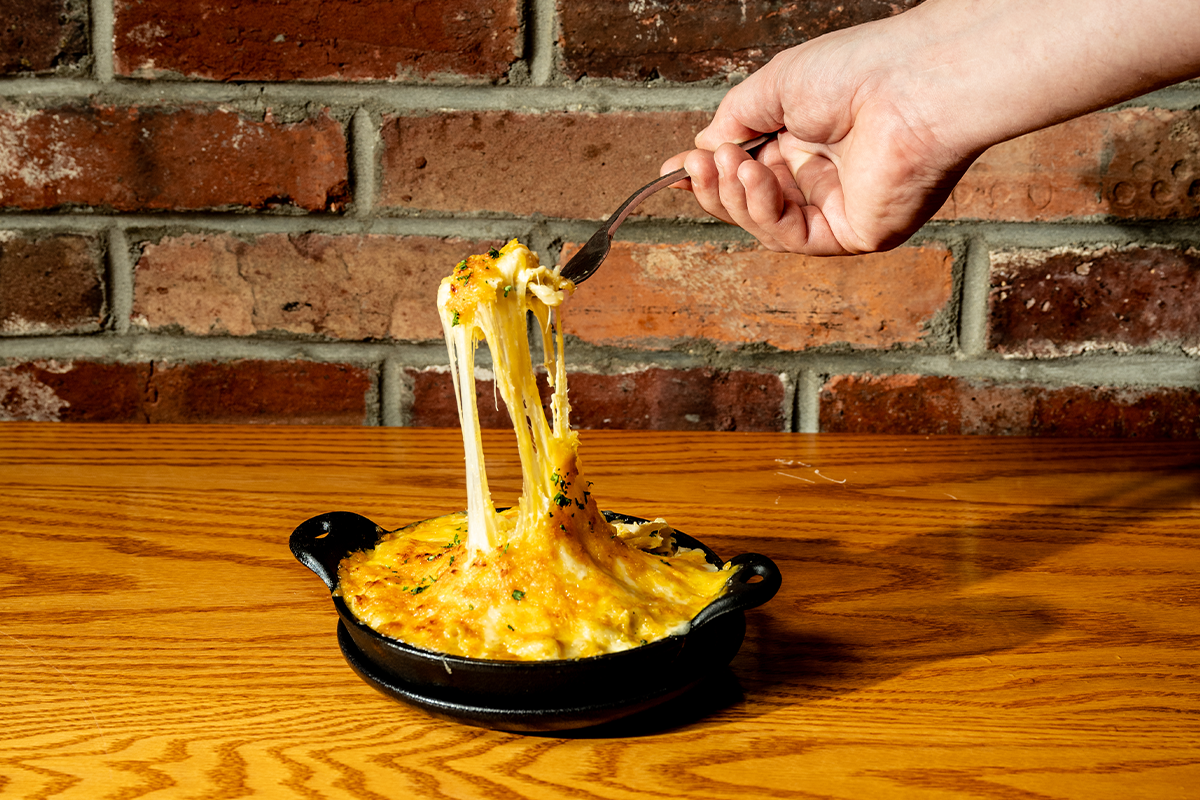High in protein, fiber, calcium and vitamins, edamame is more than a legume dipped in soy sauce.
By Emily Cook

SAVOR
Cross-cultural hummus
Using the supporting characters from a traditional hummus—tahini, lemon juice, olive oil and garlic—the star of Bistro 360’s version is not chickpea, but edamame. “What we’re trying to do at 360 is introduce people to tastes from around the world, many of which they may not have had,” says the Arlington restaurant’s owner, Art Hauptman. Here, edamame hummus fuses two cultures by integrating hummus native to the Middle East with the Japanese soybean.
SHOP
Firm, bright and green
Edamame can be found in many frozen food aisles, but fresh pods are also available at local farmers markets. Marc Grossman, owner of The Farm at Our House, sells his soybeans at Crystal City Freshfarm Market. When shopping, Grossman says, look for pods that are firm and not slimy. Edamame farmer Gwynn Hamilton, of Newport’s Stonecrop Farm, says to find pods with a bright green color. After returning home, rinse edamame—the fuzzy pods can collect pollen and dust—and allow them to dry. Store in the refrigerator in an airtight container, and they should last about a week.
STUDY
Naturally divine
The dry-roasted soybean was used as an offering in ancient Japanese Buddhist rituals as early as 927 A.D. because of edamame’s importance in the country’s diet. “Buddhists were thankful for everything that supported their life,” says William Shurtleff, author of “History of Soybeans and Soyfoods in Southeast Asia.” “They would fill the whole altar with these things,” says Shurtleff. Prayers would include sentiments like: “We are very grateful to have this. If we didn’t have any of this, we wouldn’t be here. We wouldn’t be able to survive.”
(August 2015)




